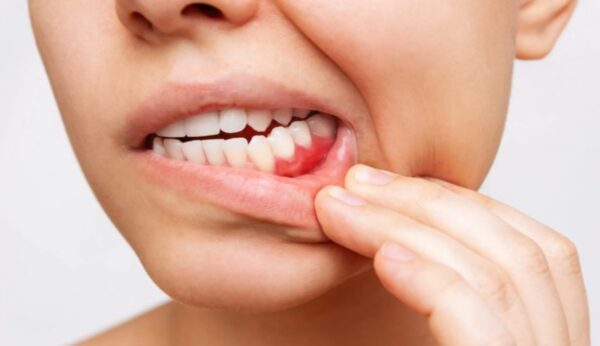Gum disease, also known as periodontal disease, is a common but often silent condition.
It can start with very mild symptoms, or none at all, and quietly progress to more serious oral health issues such as gum recession, bone loss, and even tooth loss.
The good news? If caught early, it can be treated—and in some cases, even reversed.
Below are key signs to look out for and how to take action before it’s too late.
1. Bleeding Gums During Brushing or Flossing
One of the earliest signs of gum disease is bleeding gums. Many people ignore this symptom, assuming it’s normal, but healthy gums should not bleed regularly. If you see blood on your toothbrush or when you spit, it may be a sign of gingivitis, the earliest stage of gum disease.
2. Persistent Bad Breath or a Bad Taste in the Mouth
Ongoing bad breath (halitosis) or a metallic taste in the mouth can be caused by bacteria in the gums. If regular brushing, flossing, and mouthwash don’t fix it, gum disease may be the reason.
3. Red, Swollen, or Tender Gums
Gums that appear puffy, dark red, or feel sore are not normal. These symptoms usually indicate inflammation caused by plaque buildup at the gum line.
4. Receding Gums or Longer-Looking Teeth
If your teeth look longer than usual or if the gum line appears to be pulling back, your gums could be receding. Gum recession is often a sign of progressing gum disease and may lead to increased tooth sensitivity.
5. Loose Teeth or Shifting Teeth
Teeth that feel loose or seem to be moving out of place may point to damage beneath the surface. Gum disease can weaken the bone and tissues that hold your teeth in place.
6. Pus Around the Gums and Teeth
Visible pus or discharge between your gums and teeth is a sign of infection. This indicates advanced gum disease and requires immediate dental care.
7. Pain When Chewing or Tooth Sensitivity
If it hurts to bite or chew, or if you feel increased sensitivity to hot or cold, gum disease could be affecting the nerves and roots of your teeth.
How to Treat Early Gum Disease
-
Brush your teeth twice a day using fluoride toothpaste and a soft-bristled brush
-
Floss daily to remove plaque between teeth
-
Rinse with an antibacterial or antiseptic mouthwash
-
Quit smoking, as it significantly increases your risk of gum disease
-
Eat a balanced diet that supports oral health
-
Visit your dentist regularly for professional cleanings and checkups
If gum disease is already developing, your dentist may recommend deep cleaning procedures such as scaling and root planing to remove plaque and tartar from below the gumline.
When to See a Dentist
Any signs of gum irritation, bleeding, or pain should not be ignored. Early detection is key. Left untreated, gum disease can lead to serious complications, not just for your oral health but also for your overall health, as it’s been linked to conditions like heart disease and diabetes.












